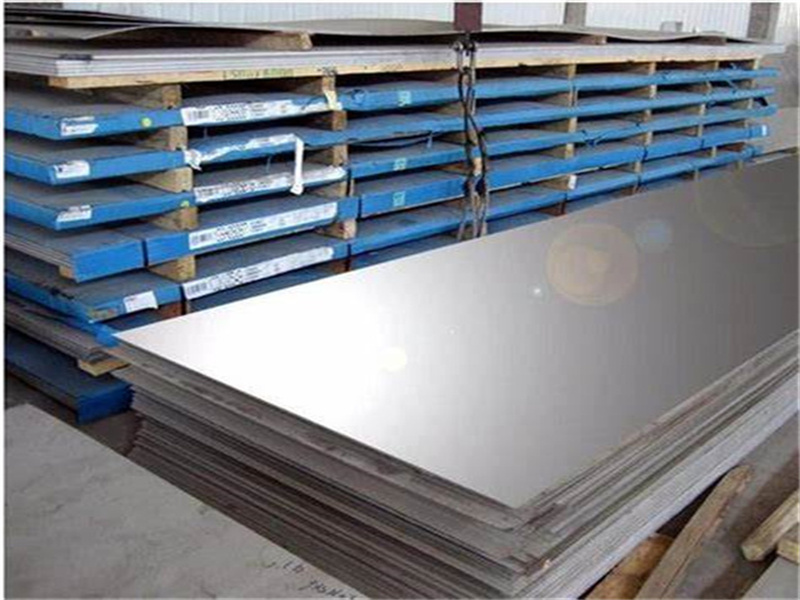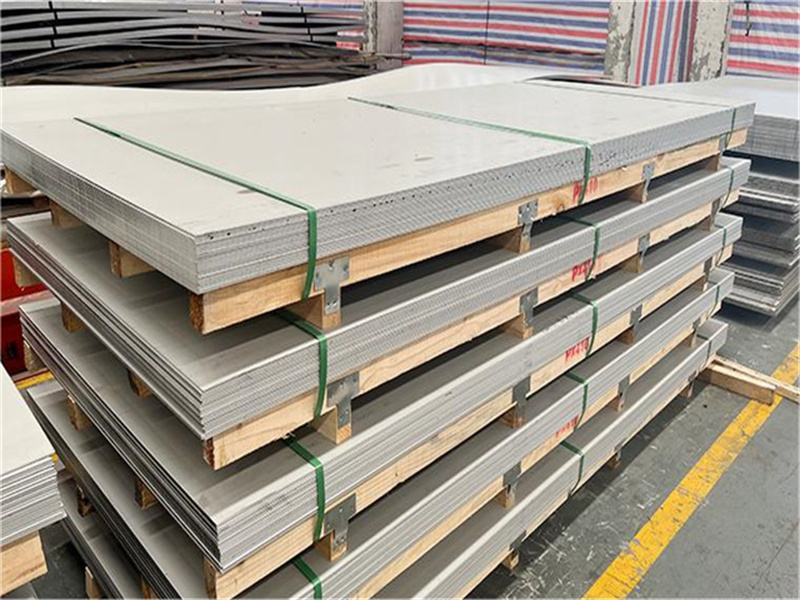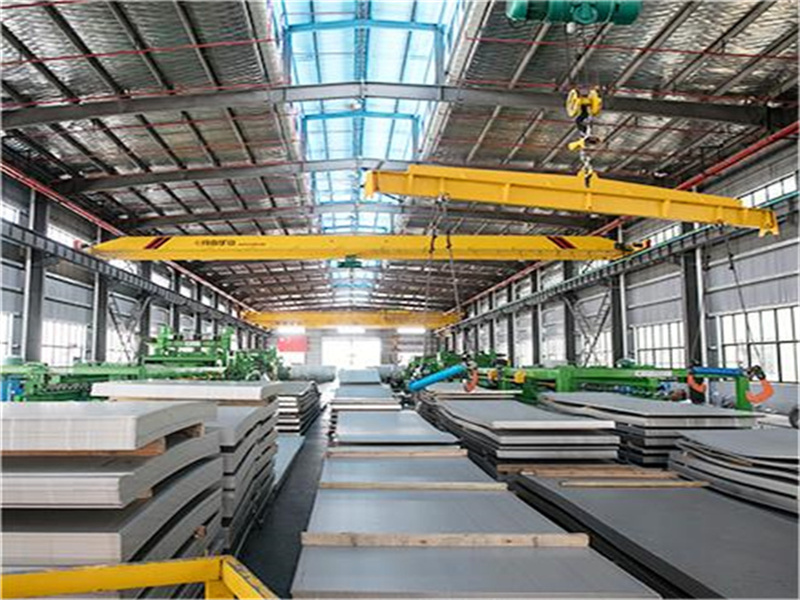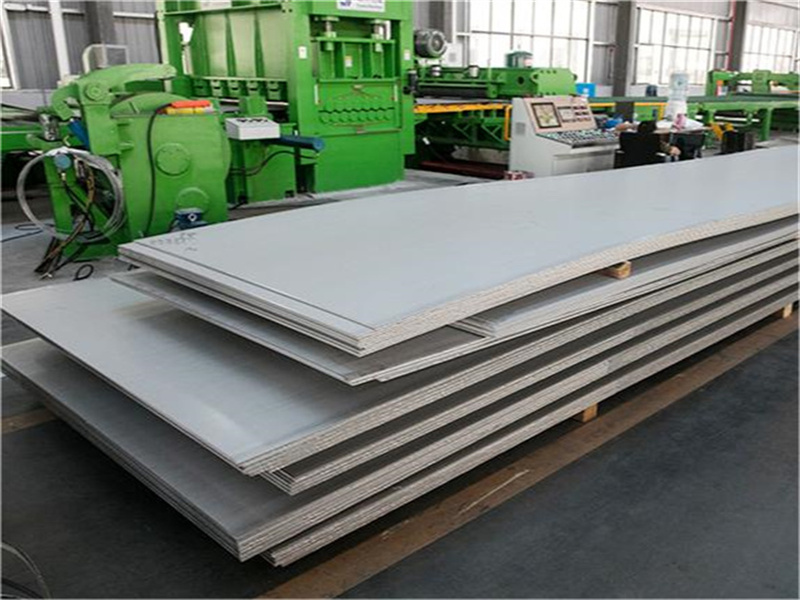We use cookies to improve your experience. By continuing to browse this site, you agree to our use of cookies. More information.
Stainless steel is more than just a corrosion resistant metal. Stainless steel is often chosen as a general purpose material for many applications due to its strength, corrosion resistance, as well as its ability to adapt to specific conditions.
316/316L Stainless Steel Sheet flat shaped sheet of 316/316L Stainless Steel Alloy.
316/316L Stainless Steel Sheet, is a popular grade of stainless where superior corrosion resistance is of primary importance. 316 Stainless sheet is widely used in marine and highly acidic environments, underwater equipment, surgical tools, food and pharmaceutical applications. The addition of molybdenum increases the corrosion resistance of 316 Stainless over the more economical 304 grade.
Product Specification and Steel Grade (For Reference)
| ASTM | JIS | AISI | EN | Mill’s Standard | |
| Grade |
S30100 S30400 S30403 S31008 S31603 S32100 S41008 S43000 S43932 S44400 S44500 |
SUS301 SUS304 SUS304L SUS310S - SUS321 SUS410S SUS430 - SUS444 SUS430J1L |
301 304 304L 310S 316L 321 410S 430 - 444 - |
1.4310 1.4301 1.4307 1.4845 1.4404 1.4541 - 1.4016 1.4510 1.4521 - |
201 202 204Cu3 |
Tolerance of Width
| Tolerance of Width | ||
| W < 100 mm | 100 mm ≦ W < 1000 mm | 1000 mm ≦ W < 1600 mm |
| ± 0.10 mm | ± 0.25 mm | ± 0.30 mm |
Chemical Composition & Mechanical Property
Chemical Composition (For Reference)
ASTM Specification
| Steel Grade | Ni% Max. | Cr% Max. | C% Max. | Si% Max. | Mn% Max. | P% Max. | S% Max. | Mo% Max. | Ti% Max. | Other |
| S30100 | 6.0~8.0 | 16.0~18.0 | 0.15 | 1 | 2 | 0.045 | 0.03 | - | - | N: 0.1 Max. |
| S30400 | 8.0~10.5 | 17.5~19.5 | 0.07 | 0.75 | 2 | 0.045 | 0.03 | - | - | N: 0.1 Max. |
| S30403 | 8.0~12.0 | 17.5~19.5 | 0.03 | 0.75 | 2 | 0.045 | 0.03 | - | - | N: 0.1 Max. |
| S31008 | 19.0~22.0 | 24.0~26.0 | 0.08 | 1.5 | 2 | 0.045 | 0.03 | - | - | - |
| S31603 | 10.0~14.0 | 16.0~18.0 | 0.03 | 0.75 | 2 | 0.045 | 0.03 | 2.0~3.0 | - | N: 0.1 Max. |
| S32100 | 9.0~12.0 | 17.0~19.0 | 0.08 | 0.75 | 2 | 0.045 | 0.03 | - | 5(C+N)~0.70 | N: 0.1 Max. |
| S41000 | 0.75 | 11.5~13.5 | 0.08~0.15 | 1 | 1 | 0.04 | 0.03 | - | - | - |
| S43000 | 0.75 | 16.0~18.0 | 0.12 | 1 | 1 | 0.04 | 0.03 | - | - | - |
| S43932 | 0.5 | 17.0~19.0 | 0.03 | 1 | 1 | 0.04 | 0.03 | - | - | N: 0.03 Max.Al: 0.15 Max.Nb+Ti = [ 0.20 + 4 ( C + N ) ] ~ 0.75 |
Mechanical Property (For Reference)
ASTM Specification
| Steel Grade | N/mm 2 MIN.Tensile Stress | N/mm 2 MIN.Proof Stress | % MIN.Elongation | HRB MAX.Hardness | HBW MAX.Hardness | Bendability:Bending Angle | Bendability:Inside Radius |
| S30100 | 515 | 205 | 40 | 95 | 217 | No Require | - |
| S30400 | 515 | 205 | 40 | 92 | 201 | No Require | - |
| S30403 | 485 | 170 | 40 | 92 | 201 | No Require | - |
| S31008 | 515 | 205 | 40 | 95 | 217 | No Require | - |
| S31603 | 485 | 170 | 40 | 95 | 217 | No Require | - |
| S32100 | 515 | 205 | 40 | 95 | 217 | No Require | - |
| S41000 | 450 | 205 | 20 | 96 | 217 | 180° | - |
| S43000 | 450 | 205 | 22A | 89 | 183 | 180° | - |




This applies not only to the various chemical compositions that make up stainless steel, but also to the various surface finishes and treatments that may be applied depending on the end intended use of the product.
Grade 2B is one of the most commonly used surface treatments in the stainless steel industry. It is semi-reflective, smooth and uniform, though not specular. The surface is the last step in the process; the steel sheet is first formed by pressure between the rolls as it exits the furnace. It is then softened by annealing and then re-passed through rolls.
To remove surface contaminants, the surface is acid-etched and passed between polishing rollers several times to achieve the desired thickness. It is this last hurdle that makes the completion of 2B possible.
2B is the standard finish on common stainless steel grades including 201, 304, 304 L and 316 L. What makes the 2B finish popular, besides being economical and more corrosion resistant, is the ease of polishing with a cloth wheel and compound.
Typically, 2B finish steel is used in food processing, bakery equipment, containers, storage tanks, and pharmaceutical equipment, and it meets USDA standards for these industries.
This approach is not acceptable when the final product is an injectable or otic solution. This is due to the fact that there are gaps or pits on the metal surface. These voids trap contaminants under the polished surface or in the metal. Eventually, this foreign matter can come out and contaminate the product. Surface electropolishing is the ideal and recommended method for improving surface smoothness for such applications.
Electropolishing works by using chemicals and electricity to smooth out raised areas on stainless steel surfaces. The actual surface of stainless steel does not appear smooth when magnified, even though the factory applied a smooth 2B surface.
Average Roughness (Ra) is used to refer to the smoothness of a metal surface and is a comparison of the average difference between the lowest and highest points on the surface.
Typically, fresh polished 2B stainless steel has a Ra value ranging from 0.3 micron (0.0003 mm) to 1 micron (0.001 mm) depending on its thickness (thickness). Surface Ra can be reduced to 4-32 micro inches with proper electropolishing, depending on the specification of the metal.
A class 2B finish is achieved by compressing the material with two rollers. Some operators require surface repairs after modifications or repairs to the boat or other equipment.
While the surface finish done by mechanical or electropolishing cannot be easily reproduced, it is possible to get very close to it, especially in terms of Ra values. Proper electropolishing results in even better material handling than the original raw 2B polish.
So class 2B can be seen as a good starting point. Thanks to its well-known beneficial properties, 2B surface treatment is economical. It can be further enhanced with electropolishing for a smoother finish, higher standards and a range of long-term benefits.
This information has been obtained, verified and adapted from materials provided by Astro Pak Corporation.
Astro Pack Corporation. (March 7, 2023). The difference between electropolished and non-electropolished surfaces. AZ. Retrieved June 13, 2023 from https://www.azom.com/article.aspx?ArticleID=22050.
Astro Pack Corporation. “The difference between electropolished and non-electropolished surfaces”. AZ. June 13, 2023 .
Astro Pack Corporation. “The difference between electropolished and non-electropolished surfaces”. AZ. https://www.azom.com/article.aspx?ArticleID=22050. (As of June 13, 2023).
Astro Pack Corporation. 2023. The difference between electropolished and non-electropolished surfaces. AZoM, accessed 13 June 2023, https://www.azom.com/article.aspx?ArticleID=22050.
In this interview, AZoM talks with ABB Global Product Manager Stephane Parmentier about Sensi+, a new laser monitor for natural gas pollutants.
In this interview, AZoM speaks with Dr. William Mustaine, Associate Associate Dean for Research in the Department of Chemical Engineering at the University of South Carolina. He discusses how hydrogen is the future of green energy and how the engineering community needs more people interested in finding practical solutions.
At JEC World 2023, AZoM caught up with 5M to discuss their rapid growth and exciting plans for the future.
AvaSpec-Pacto is a powerful new photonic spectrometer designed by Avantes to be compatible with a wide range of applications.
The new X100-FTA from Testometric for the food and texture testing industry is equipped with a fully digital testing system with high precision and accuracy.
Learn about the GC 2400™ platform, which provides analytical labs with innovative technology to access real-time information anytime, anywhere.
Post time: Jun-13-2023
